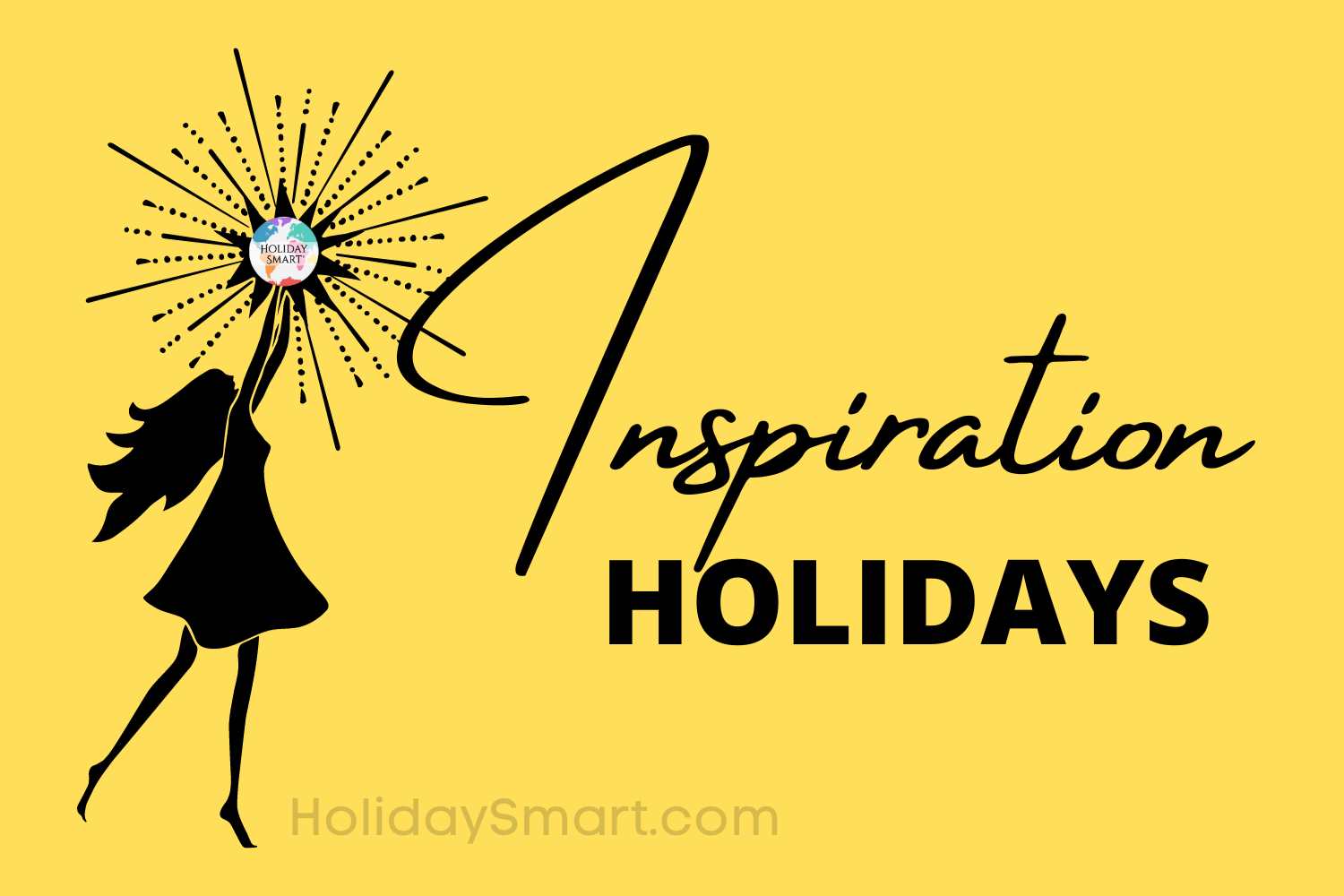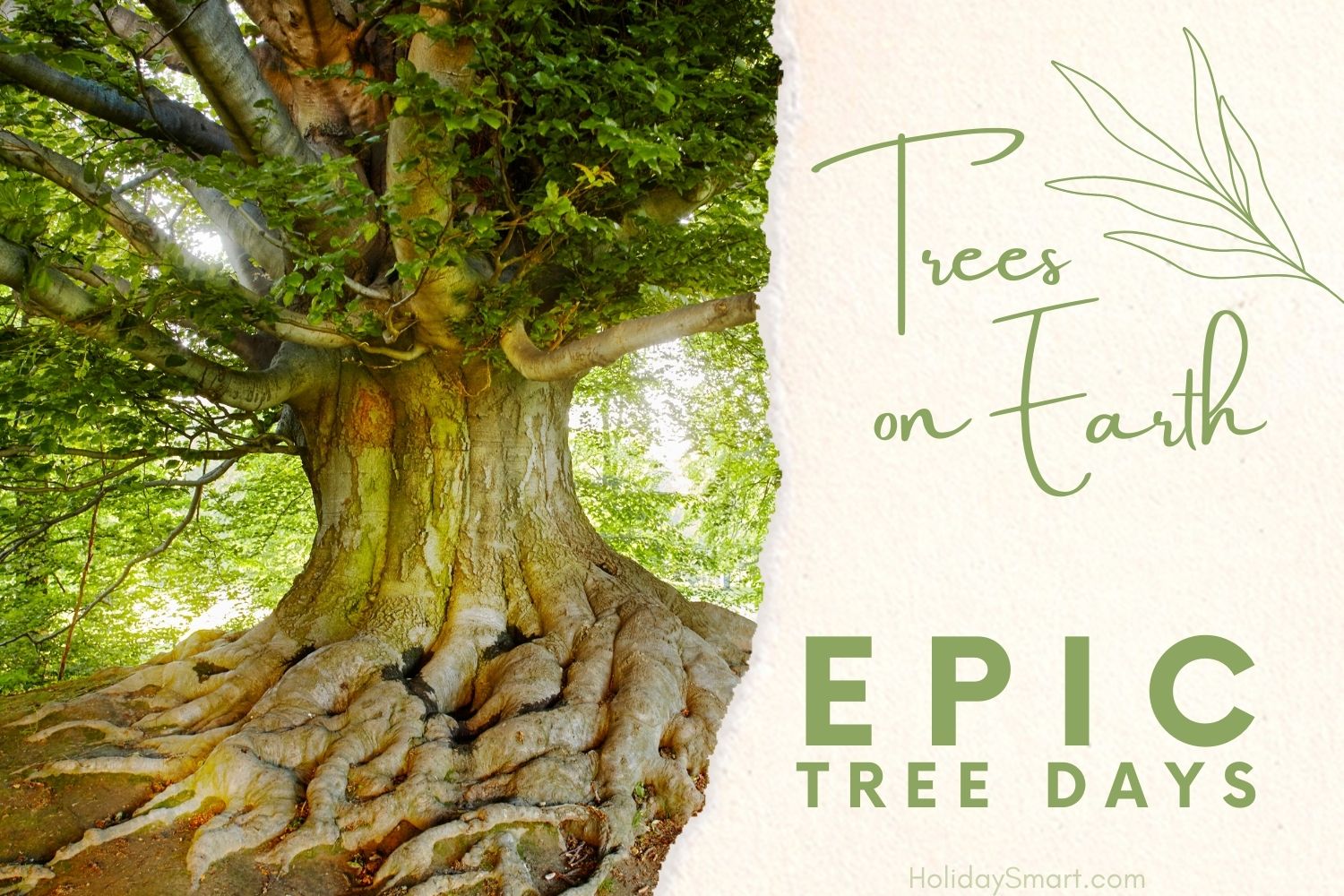Halloween Across Europe

Halloween is one of the world’s oldest holidays, dating back to ancient Celtic traditions.
Samhain is generally regarded as the origin of modern-day Halloween in America. The three-day festival marked the end of summer and harvest and the arrival of cold foreboding winter.
The Celts believed during Samhain the barrier between the world and the spirit world became permeable, and ancestors were believed to be able to cross over. The Celts performed sacrifices of crops and animals as offerings to protect themselves from spirits and supernatural beings, and some wore animal or monster costumes to trick fairies or spirits who wished to harm or kidnap them.
Halloween came to the United States from the influx of Irish immigrants and their traditions in the nineteenth century, the holiday steadily becoming more popular in the twentieth century.
It has since become one of the biggest holidays in the United States and has spread to other countries across Europe.
Ireland
Ireland, largely dubbed the originator of Halloween because of its Celtic history, along with Scotland, celebrates Halloween similarly to the United States’ conceptualization of the spooky holiday—people trick-or-treat, hold parties, and eat feasts. One of the biggest Halloween festivities in Ireland can be found in Derry, where an elaborate Halloween parade winds its way through the city, ending in a spectacular firework display at the River Foyle.
Barmbrack is an Irish bread that is particularly popular around Halloween time. Traditionally, a pea, a stick, a ring, a coin, and a piece of cloth are baked inside the bread, each telling the person’s fortune who gets the item in his or her slice: the coin indicating future riches, the cloth hard times, the ring impending marriage, the pea no impending marriage, and the stick unhappy marriage.
Scotland
“Dookin’ for apples,” or “bobbing for apples,” as it is known in the United States, is a popular Halloween activity in Scotland. According to scotland.org, a game of treacle scones is also popular. The participant’s hands are tied behind their back as they attempt to eat a treacle covered scone hanging from the end of a rope.
In Scotland on Halloween, children go “guising,” dressing up in scary costumes and traveling door-to-door, performing songs or reciting stories for sweets or money, although traditional American style trick-or-treating has become more popular in recent years. You can bring Scottish Halloween into your home by following this recipe cited from rampantscotland.com for treacle scones:
England
Halloween has grown popular in England in recent decades, although Guy Fawkes Day (also known as Bonfire day) is the bigger celebration on Nov. 5; however, Halloween dress-up parties and balls and trick-or-treating have become popular on Oct. 31, although some worry the American holiday is displacing Guy Fawkes Day.
France
Halloween started to take hold in France in the 1990s, although its popularity is relatively small. According to pumpkinpatchesandmore.org, restaurants and stores in France in the 80s and 90s sought to popularize and spread the holiday, and today people in France attend dress-up parties, wearing traditionally scary costumes, and carve jack-o-lanterns. The city of Lomges celebrates Halloween with a large parade of ghosts, ghouls, goblins, and pumpkins, according to tripsavvy.com, attracting 20,000 to 50,000 guests.
Germany
There’s a common apocryphal origin story for the advent of Halloween in Germany: when Fasching festivities were canceled because of the Gulf War in the 1990s, German candy and toy stores purportedly adopted Halloween to boost sales; however, similar to France, Halloween is not as widely celebrated in Germany as it is in the United States, but some adults throw scary costume parties on Halloween, and some children partake in trick-or-treating, using the catchy modified warning: “sweets or there’ll be something sour!”
Burg Frankenstein Castle is a popular attraction on Halloween night. Thrill-seekers visit the medieval castle that purportedly inspired Mary Shelly’s “Frankenstein,” venturing through different themed scare zones, such as the “tower of torture,” “the clowns made me do it,” and “the tunnel.”
However, as in England and France, there is a push against the influence of American Halloween in Germany, as some believe the holiday displaces Reformationstag (Reformation Day), a German holiday that also occurs on Oct. 31.




